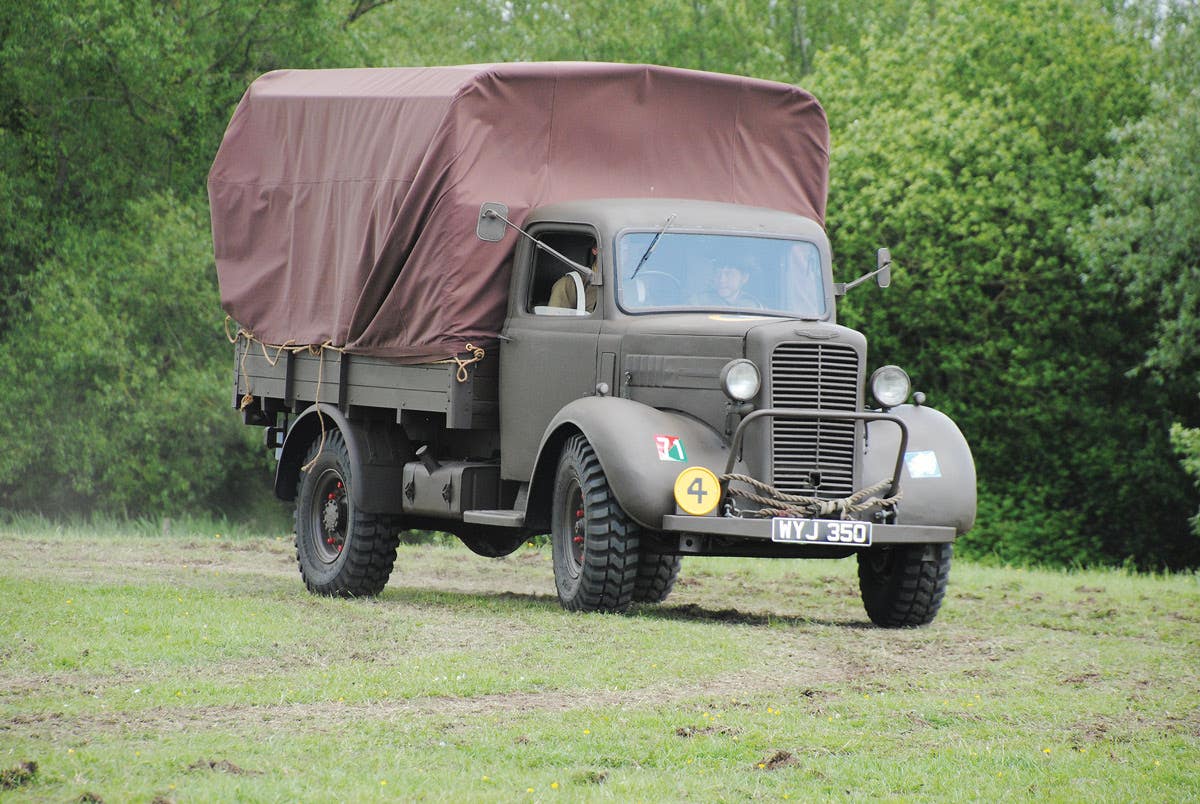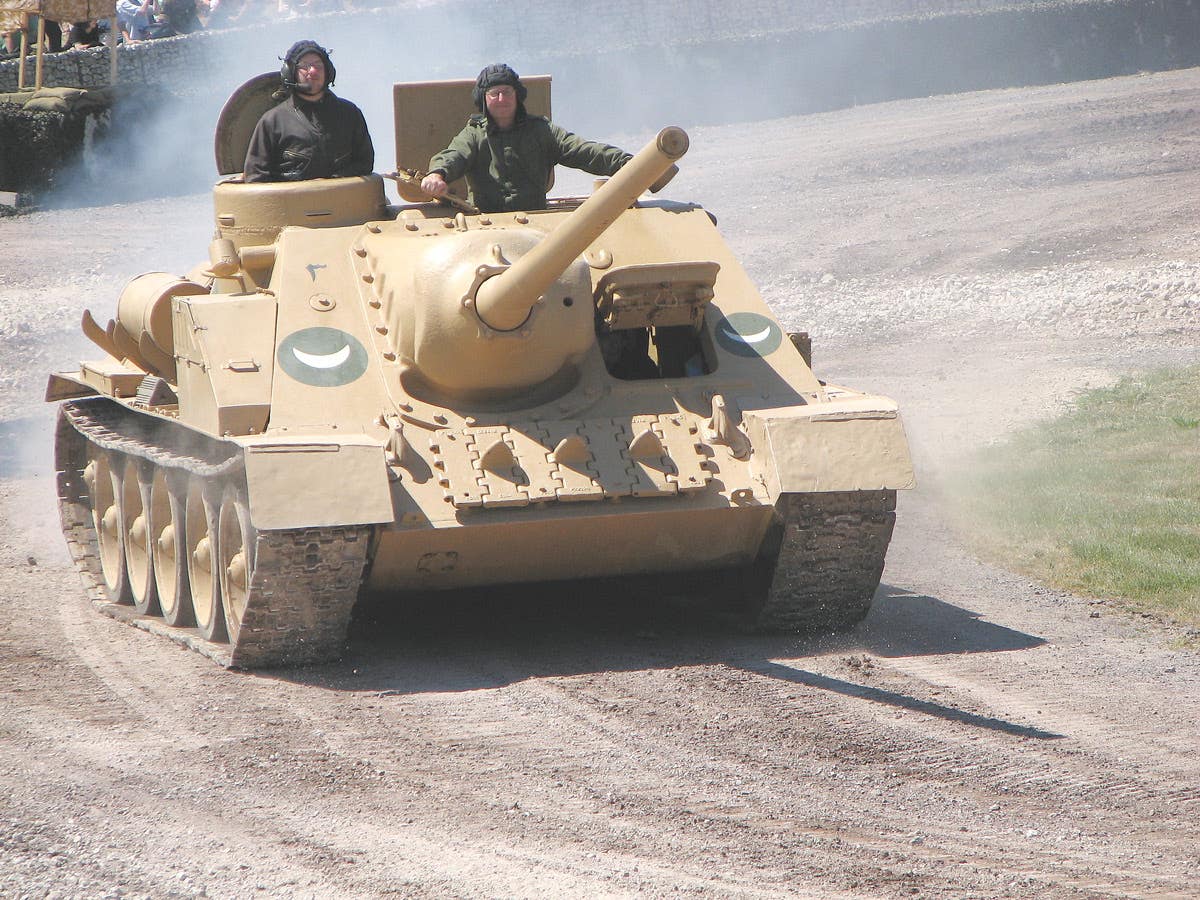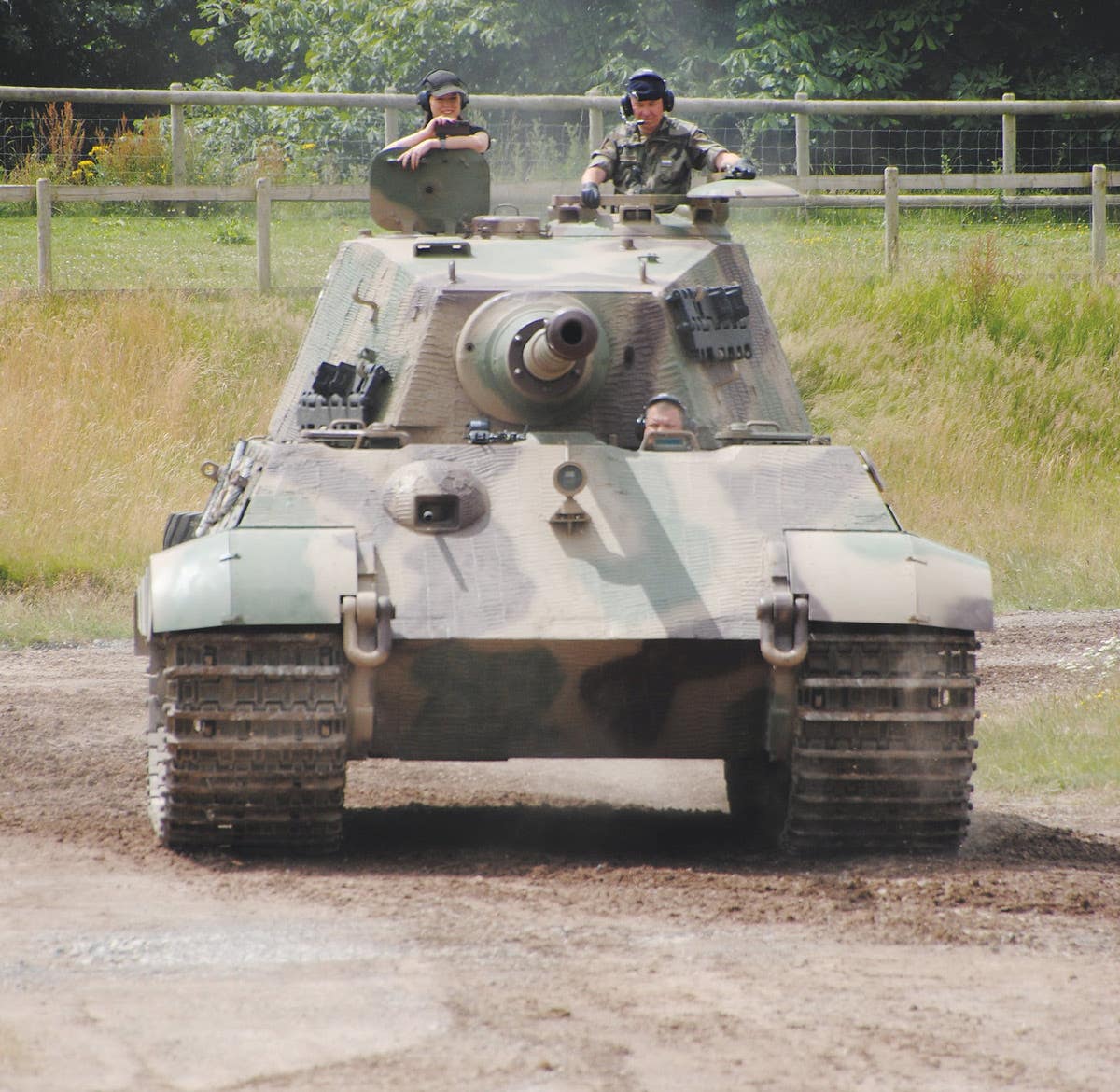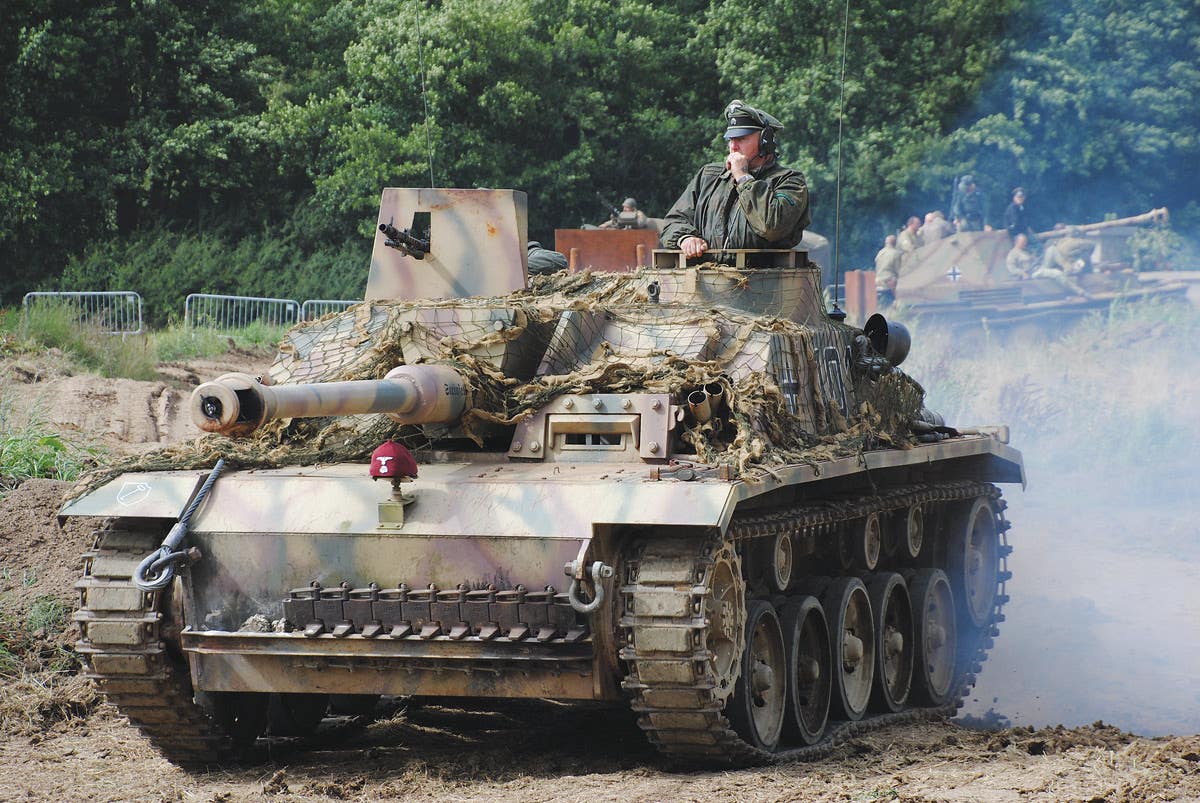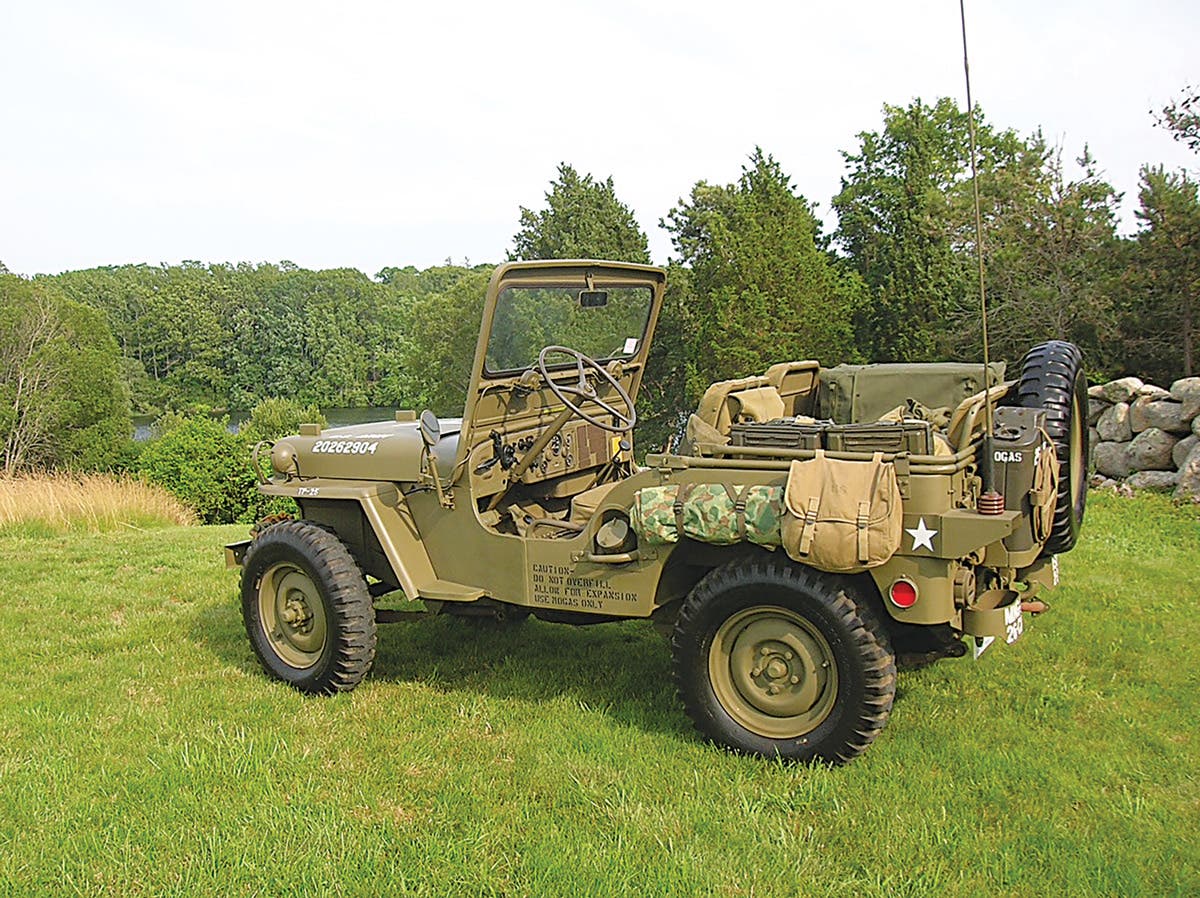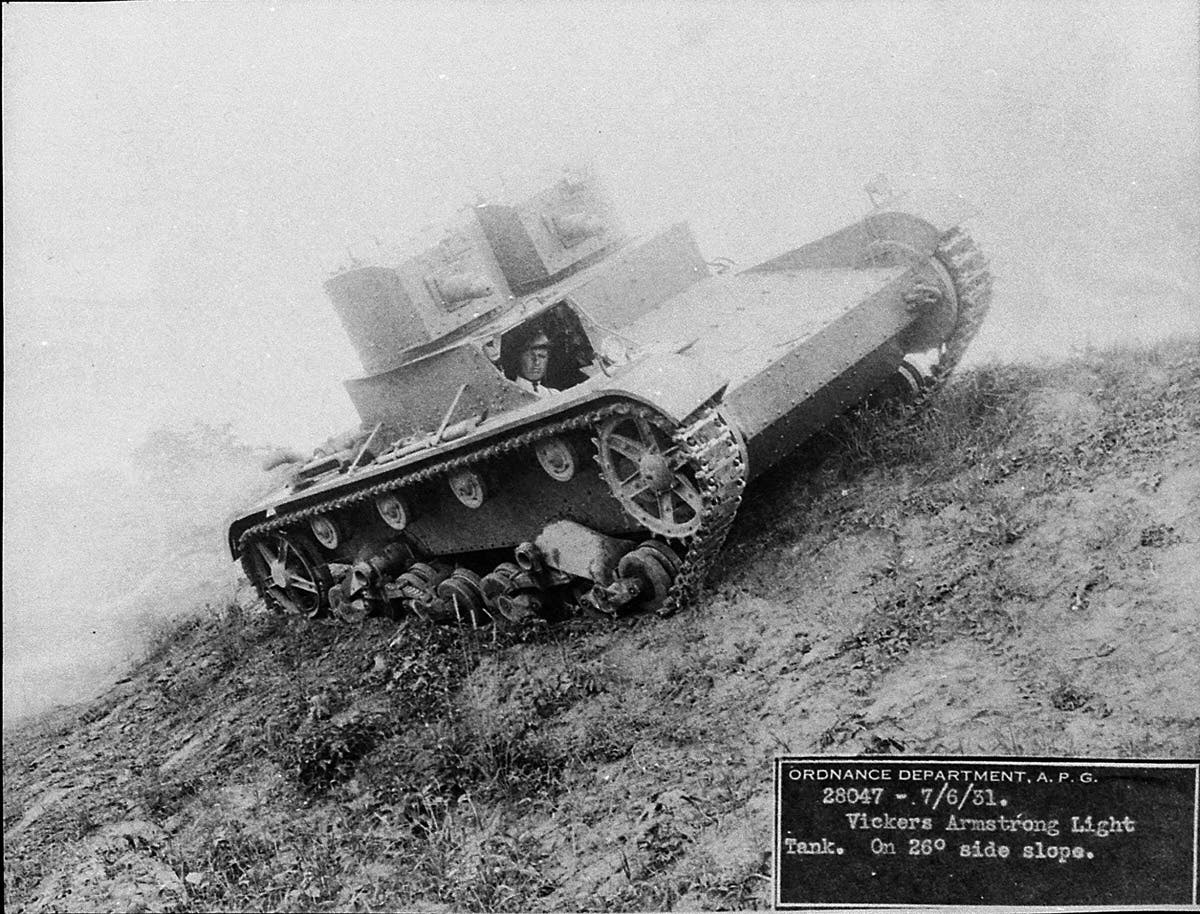White Halftracks
During the course of WWII a wide range of halftrack vehicles were produced by several companies. MV Writer David Doyle looks at the White Motor Company halftracks in his column ‘The Proving Ground’.
By David Doyle,
"The Proving Ground"
This April 9, 1941, photograph shows the pilot M2 during testing
at Aberdeen Proving Ground. Notice the Firestone tread pattern
tires on the front axle. Photographic evidence suggests that only
the initial production vehicles had this tread pattern, which was
soon supplanted by the chevron tread pattern tires, which in turn
were replaced by non-directional tread pattern tires.
During the course of WWII a wide range of half-track vehicles
were produced by White, Diamond T, Autocar and International
Harvester. Vehicles built by International were of a slightly
different design than the others, and were primarily used for
export purposes. This is a White-built M3 Personnel Carrier.
Antique Truck Historical Society (ATHS)
The sister vehicle to the M3 personnel carrier was the M2, which
was intended as a prime mover. White began delivering these
vehicles in May 1941. Both the M2 and the M3 featured face-
hardened armor 1/4-inch thick, except on the 1/2-inch thick
plate over the windshield. ATHS
White worked diligently to deliver the M2 halftrack, as well as
Scout Cars. This scene at White’s Cleveland plant shows the
vehicles ready for acceptance.
Left: The tread pattern commonly referred to as the “Firestone”
tread is plainly visible in this photograph of a M3. This is a
directional tread tire. (Antique Truck Historical Society - ATHS)
Right: This M2, photographed in June 1941, has chevron tread
pattern tires with bullet-resisting self-sealing inner tubes.
Mechanically, the M2 as well as the other halftracks in the SNL
G-102 group were merely trucks, with the track bands being driven
by the rear “wheels” – actually midships-mounted drive sprockets.
Left: The driver’s area of an early M2. To the left of the steering
column is a tachometer, and to the right, an electric brake
controller – befitting its prime mover design. ATHS Right: The
D36961 Pintle Socket and Carriage Assembly, shown here, was
used on all M2 halftrack vehicles until the advent of the M2A1.
The handwheel visible was used to return the pintle to a vertical
plane even if the carriage was in a canted position. ATHS
Left: The roller worked to prevent the front bumper from digging in
when at too severe of an angle of approach. Its contact would lift
the front wheels, as seen in this illustration. ATHS Right: The
power plant for the M2 and M2A1, regardless of manufacturer,
was the White-built 160AX six-cylinder gasoline engine. This
particular engine was assembled after September 1942, as denoted
by the five-bladed fan and metal fuel filter bowl. ATHS
CLICK HERE to share your opinion or expertise in the Military Trader Community Forum
David Doyle's earliest published works were occasional articles in enthusiast publications aimed at the historic military vehicle restoration hobby. This was a natural outlet for a guy whose collection includes several Vietnam-era vehicles such as M62, M123A1C, M35A2, M36A2C, M292A2, M756, and an M764.
By 1999, his writing efforts grew to include regular features in leading periodicals devoted to the hobby both domestically and internationally, appearing regularly in US, English and Polish publications.
In 2003, David received his a commission to write his first book, The Standard Catalog of U.S. Military Vehicles. Since then, several outlets have published more than 100 of his works. While most of these concern historic military hardware, including aircraft and warships, his volumes on military vehicles, meticulously researched by David and his wife Denise, remain the genre for which he is most recognized. This recognition earned life-time achievement in June 2015, when he was presented Military Vehicle Preservation Association (MVPA) bestowed on him the coveted Bart Vanderveen Award in recognition of “...the individual who has contributed the most to the historic preservation of military vehicles worldwide.”
In addition to all of publishing efforts, David is the editor of the MVPA’s magazine, History in Motion, as well as serving as the organization’s Publications Director. He also maintains a retail outlet for his books online and at shows around the U.S.



